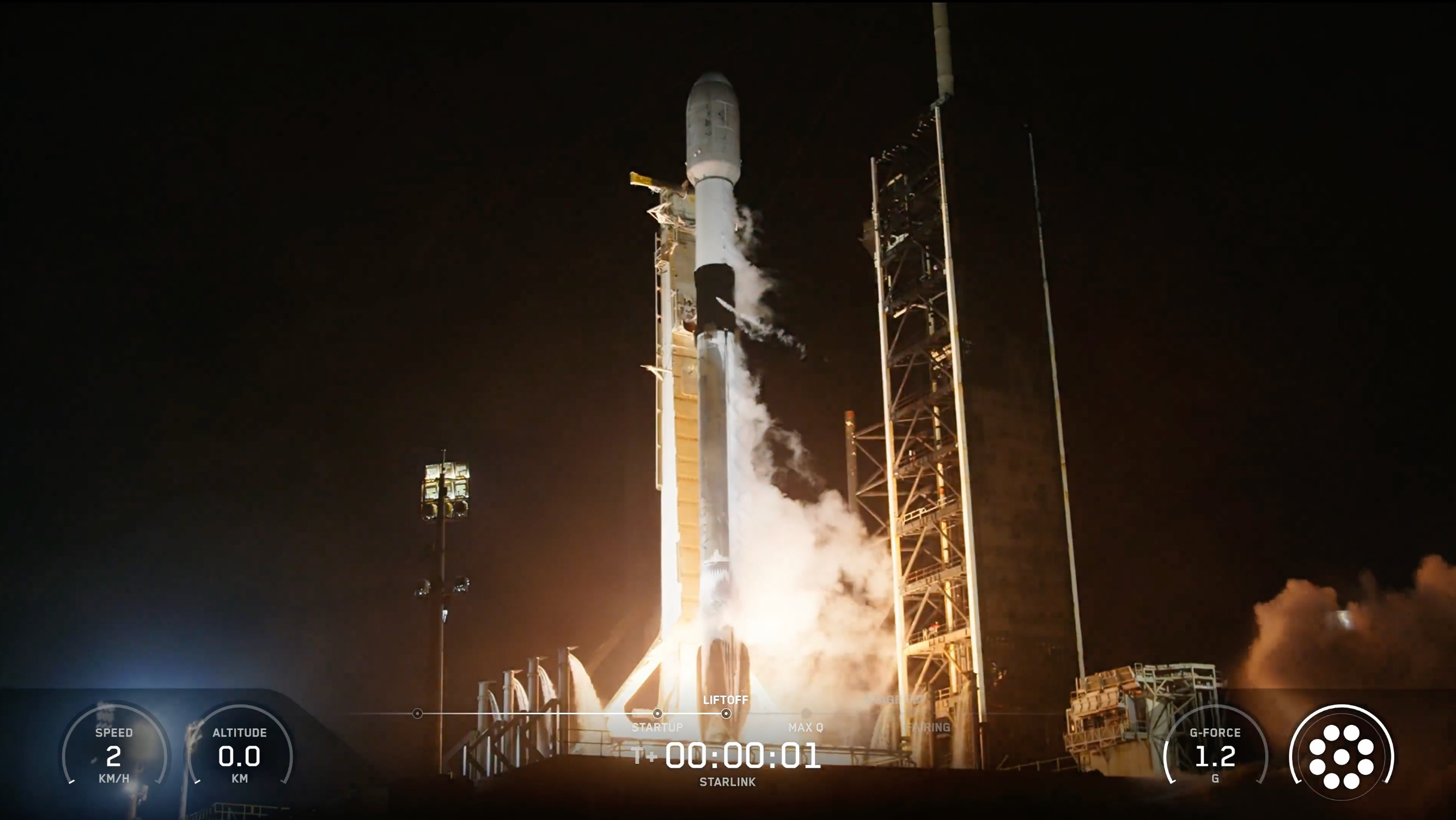New Theory Behind 'Cold Faithful' on Saturnian Moon
An enormous plume erupting on Saturn's moon Enceladus may be emanating from a substance much colder than liquid water, scientists announced today.
The great geyser, discovered by the Cassini spacecraft, was believed to have been fed by cavities of liquid water sitting below the frozen surface of the moon. But a new model suggests that these jets spring from an ice phase called clathrate.
Initially, researchers assumed that pockets of water lay close to the surface of Enceladus, feeding Cold Faithful,-named after the Old Faithful geyser in Yellowstone National Park.
"A problem with this model is that 10 percent of the plume consists of the gases carbon dioxide, nitrogen and methane," said lead study author, Susan Kieffer, a researcher at the University of Illinois at Urbana-Champaign. "You might get a carbon dioxide-driven liquid geyser there, but you can't put this much nitrogen and methane into liquid water at the low pressures found inside Enceladus."
Nitrogen and methane, almost insoluble in water, are highly soluble in clathrate. When exposed to vacuum, the gas molecules burst out, ripping the ice lattice to shreds and carrying the fragments away.
"Exposed to near-vacuum conditions by fractures at the south pole, the clathrates decompose violently, spewing out nitrogen, methane and carbon dioxide gases, and ice particles, as well as leaving fracture walls coated with water ice," said Kieffer. "Some ice particles and ice coatings evaporate to produce the water vapor observed with the other gases."
Active tectonic processes at the south pole of the moon constantly crack the ice, through which many separate vents create a plume. The total discharge is comparable to that of Old Faithful, but the plume is enormously bigger because it is erupting at very low gravity into the near-vacuum of space.
Breaking space news, the latest updates on rocket launches, skywatching events and more!
"We propose that cracks in Enceladus' ice cap may be opening and closing continuously, producing the spectacular plume we see reaching high above Enceladus' surface," Kieffer said.
Kieffer's model suggests an environment that is 144 to 180 degrees Fahrenheit (80 to 100 degrees Celsius) colder than liquid water.
"Even if conditions are as cold as our model suggests, there is no problem launching ice particles into Saturn's E-ring," she said.
The ring of ice particles around Saturn needs replenishment. With the new model, some of the ice particles from the eruption will escape the moon's gravity and make their way to the E-ring.
The study is detailed in the Dec. 15 issue of the journal Science.
- Video: Enceladus - Cold Faithful
- Active Moon of Saturn Excites Astronomers
- Cassini Finds Signs of Liquid Water on Saturn's Moon
- Puzzling Hot Spot Found on Moon of Saturn
- Images: Cassini Explores Saturn's Moons

Space.com is the premier source of space exploration, innovation and astronomy news, chronicling (and celebrating) humanity's ongoing expansion across the final frontier. Originally founded in 1999, Space.com is, and always has been, the passion of writers and editors who are space fans and also trained journalists. Our current news team consists of Editor-in-Chief Tariq Malik; Editor Hanneke Weitering, Senior Space Writer Mike Wall; Senior Writer Meghan Bartels; Senior Writer Chelsea Gohd, Senior Writer Tereza Pultarova and Staff Writer Alexander Cox, focusing on e-commerce. Senior Producer Steve Spaleta oversees our space videos, with Diana Whitcroft as our Social Media Editor.
